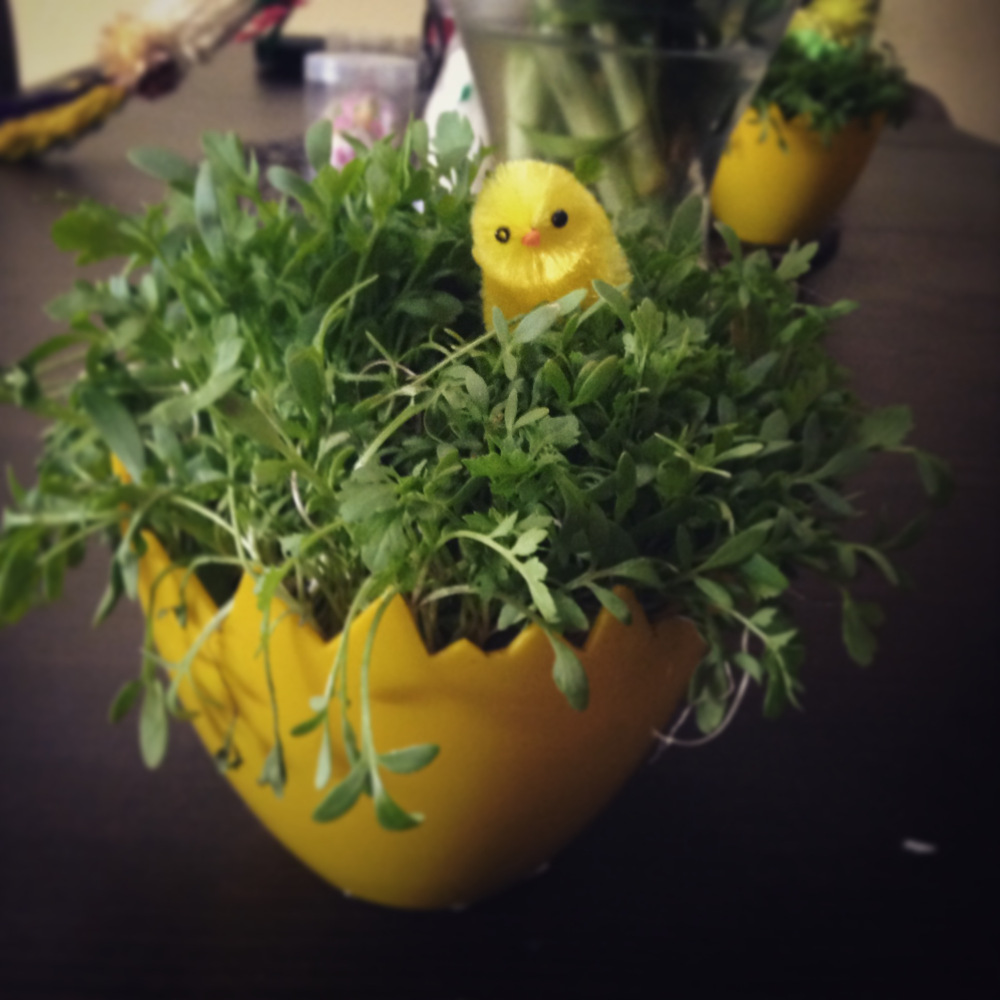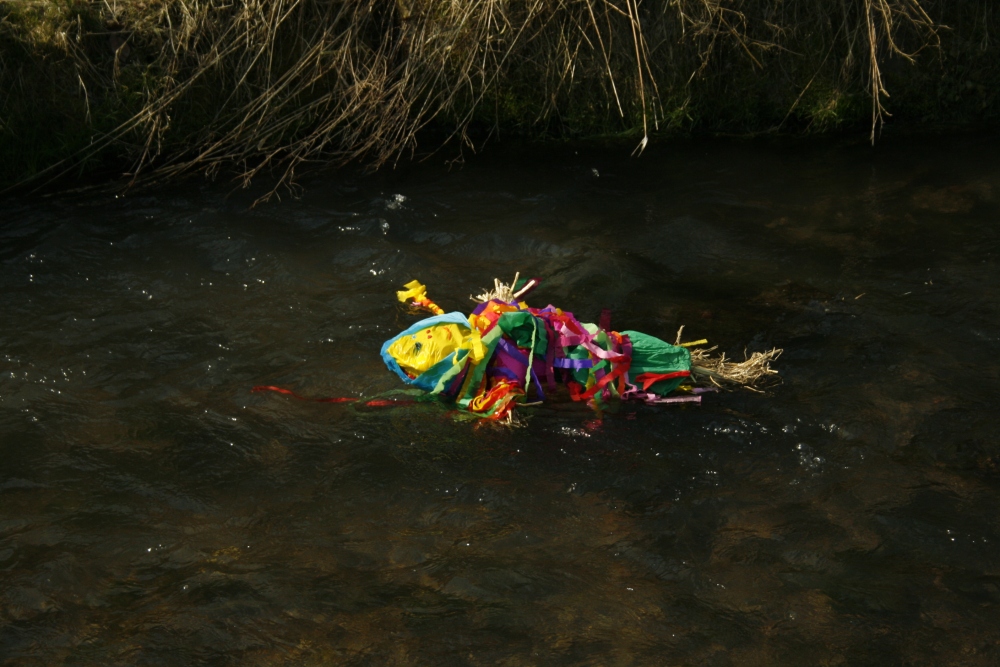Emily’s Guide to traditional Easter in Poland: 13 interesting facts
Easter is the most important holiday on the Polish calendar, comparable only to Wigilia; usually taking the cake as the most prepped for and celebrated time. Not only is the day important, but the build up to the Easter Feast is filled with events and activities for months; as well as the days after.
Springtime in Poland is beautiful and fun! And just as winter begins to end, there are other noteworthy events attached to the Easter holiday in one way or another. Because let’s not forget that some fun must be had before we give something up for 40 days and 40 nights, and indulgence must follow as well. So here are 13 facts about Easter and springtime in Poland…
1. There are two days before lent begins that are meant for indulgence.
One is Fat Thursday, where Poles stuff their faces with pączki, or jelly-filled donuts, usually fried in lard, as well as, Faworki and Oponki, which are fried cookies and cake donuts. The other day is Herring Night, or Sledzik. On this night you must chase pickled herring with shots of vodka, and from personal experience I can tell you that its followed by the burping up of herring for at least 24 hours, something my close friend Agata calls, “the best part!”
2. A woman named Marzanna is thrown into the river, mostly these days by small children.
An old Pagan tradition of throwing Marzanna, or the demon woman of winter, into the river to drown her is symbolic of the death of winter and rebirth of spring. School children will perform this ritual with bright and colorful Marzanna dolls on the first day of spring.
3. Palms for Palm Sunday are colorful sticks, some towering several feet tall, that should be blessed by the Priest on this day.
The Main Square holds a competition each year at the annual Easter Market for the best handmade palm. But you can get your own, even some the size of a pencil, all over town during the Easter season.
4. Everything is going to get blessed.

Like I said, you take your palm to church on Sunday and have it blessed, but you also take your Easter basket the Saturday before Easter to have it blessed as well. Traditionally, churches will hold blessings all throughout the day, every half an hour or so. You go up with your basket the Priest sprinkles some water on it, and your items are officially Holy.
5. Easter baskets are filled with symbolic items, not chocolate and candies.
You may have already noticed the butter or bread lambs in the markets, or maybe the different types of branches for sale. Around this time of year special cakes are made only for Easter baskets. And of course the basket will also contain salt, eggs, sausage, and horseradish. Wikipedia has a great explanation of what each of these items represents. And traditionally you will only find chocolate in the basket if it belongs to a small child.
6. Eggs aren’t dyed to be colorful, they’re dyed a darker brown, and then etched into.
Since most Poles don’t usually eat white eggs, they’re already starting with a honey-brown color. To make it darker, they boil their eggs with onion skins, which you can actually buy at the markets and grocery stores. And then use safety pins, razor blades, or electric nail files to etch designs into them.
7. The blessed food at Easter is often split among an entire family.
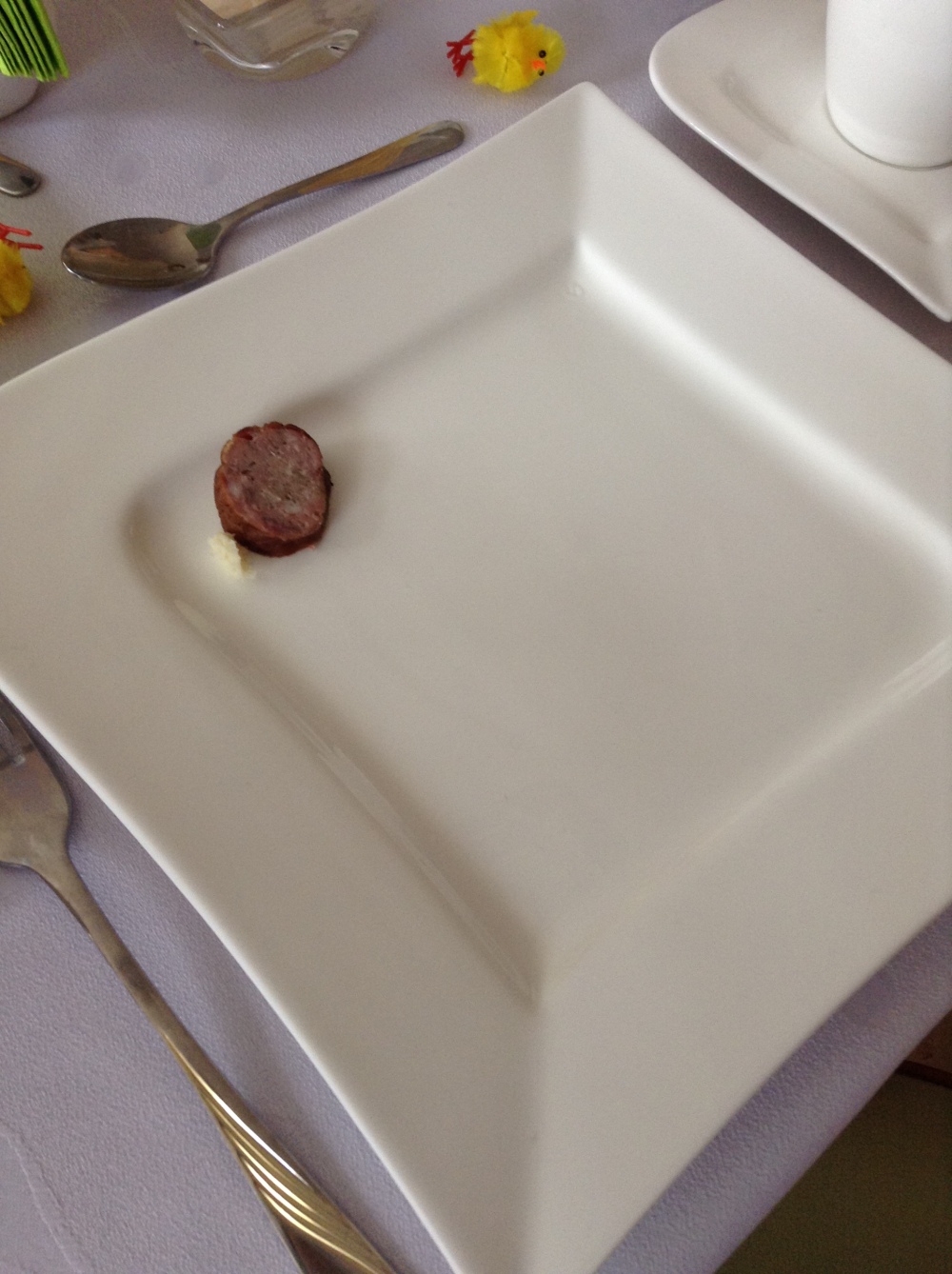
Easter breakfast often starts with a teeny-tiny piece of sausage, horseradish, and egg that was all blessed, on each person’s plate to enjoy before the larger quantities of unblessed food is given out. But many Poles remember leaving church on Saturday as young children (especially if they went alone and their mothers were home cooking) and devouring the whole Easter basket alone.
8. Easter grass is home-grown, meaning it’s real!

Poles buy little packets of sprouts and about a week before Easter, they begin to grow grass for their baskets, or to place around the house. Usually it is done in a large bowl, or placed sometimes into little plastic eggs with chicks.
9. The day after Easter you may find yourself soaking wet and angry.
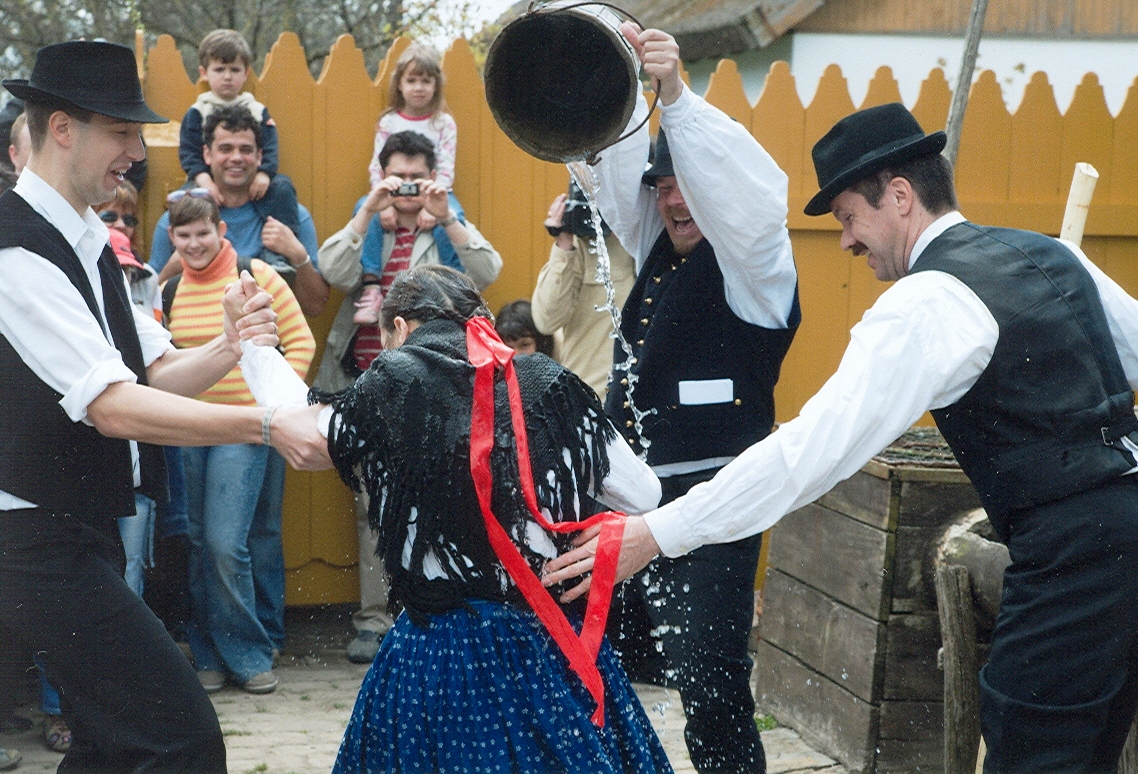
Watch your back on Śmigus-Dyngus! The day after Easter is an all out water-war. Walk through town and you may get hit my a water gun or balloon. Live with some Poles and you might just wake up to a bucket of water! Either way, make sure you are prepared with a water gun or two for the day. This holiday isn’t only for kids.
10. There is a festival called Emaus the day after Easter and they sell cotton candy bigger than your head!

Similar to a little town fair, you can stroll the aisles of Emaus looking for cheap toys, balloons, cotton candy and popcorn. But whatever you do, make sure you buy a little wooden Jew- or legend has it your year won’t be prosperous.
11. At Krakus Mound you can transport yourself back in time for Rekawka!

Head to the mound and watch knights battle it out! Once a year, usually the Tuesday after Easter, the mound is filled with battles and reenactments; and a lot of the same junk as the Emaus festival. Really fun for kids, but also entertaining for adults!
12. Neighborhoods are decorated with streamers and a parade ensues for Corpus Christi.
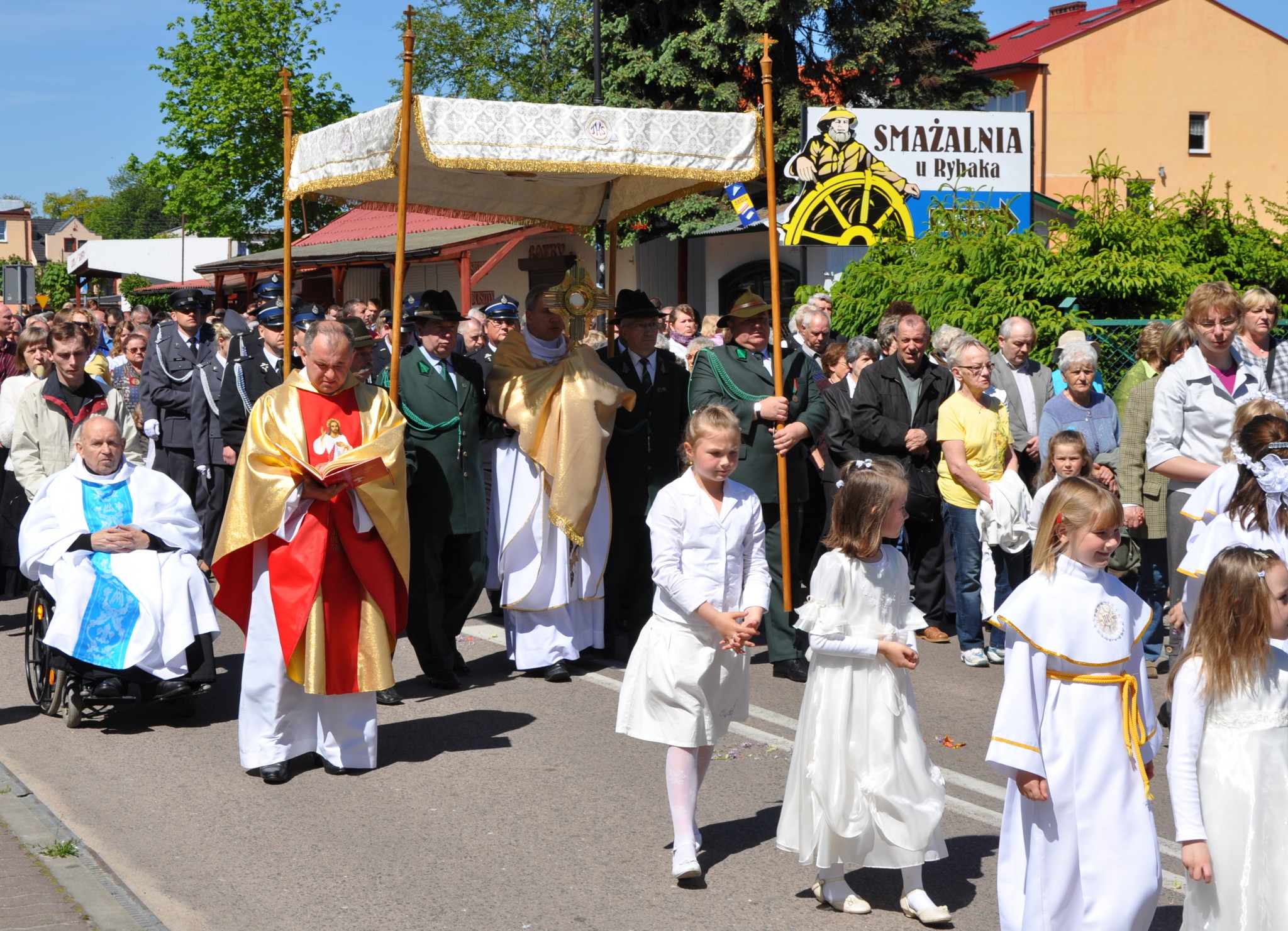
Always on a Thursday, paper decorations are strewn over lawns, fences, and gates, many people don’t go to work, and instead spend the day at church or sometimes with family. This year Corpus Christ falls on Thursday May 26th.
13. The small painted village of Zalipie holds its annual contest.
Although you can visit this painted town all year-round, visiting for this festival is the best time! All the houses will be freshly painted/restored and many residents will also have other pieces entered in the competition. Some years you will see wells, bridges, dog houses – anything goes!
(via Emily’s Guide to Krakow)

